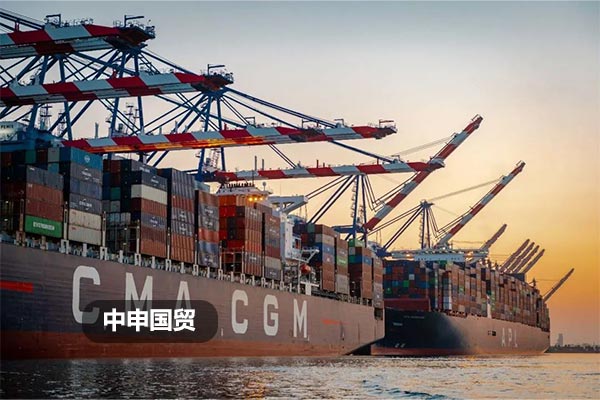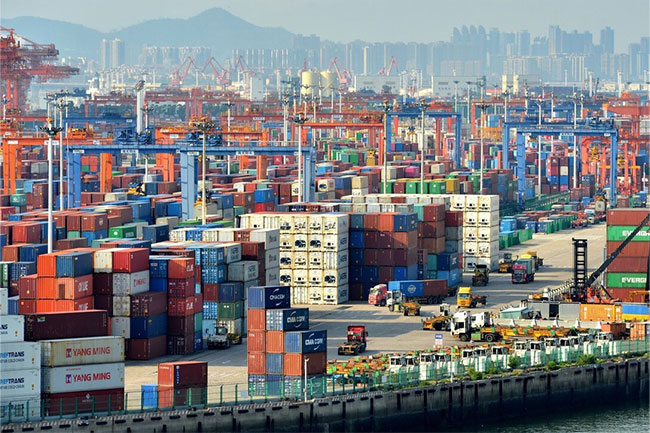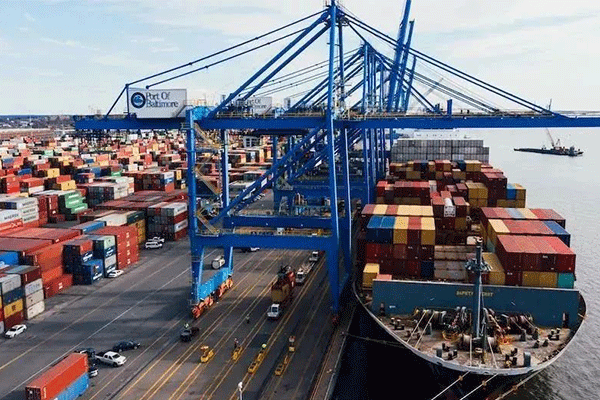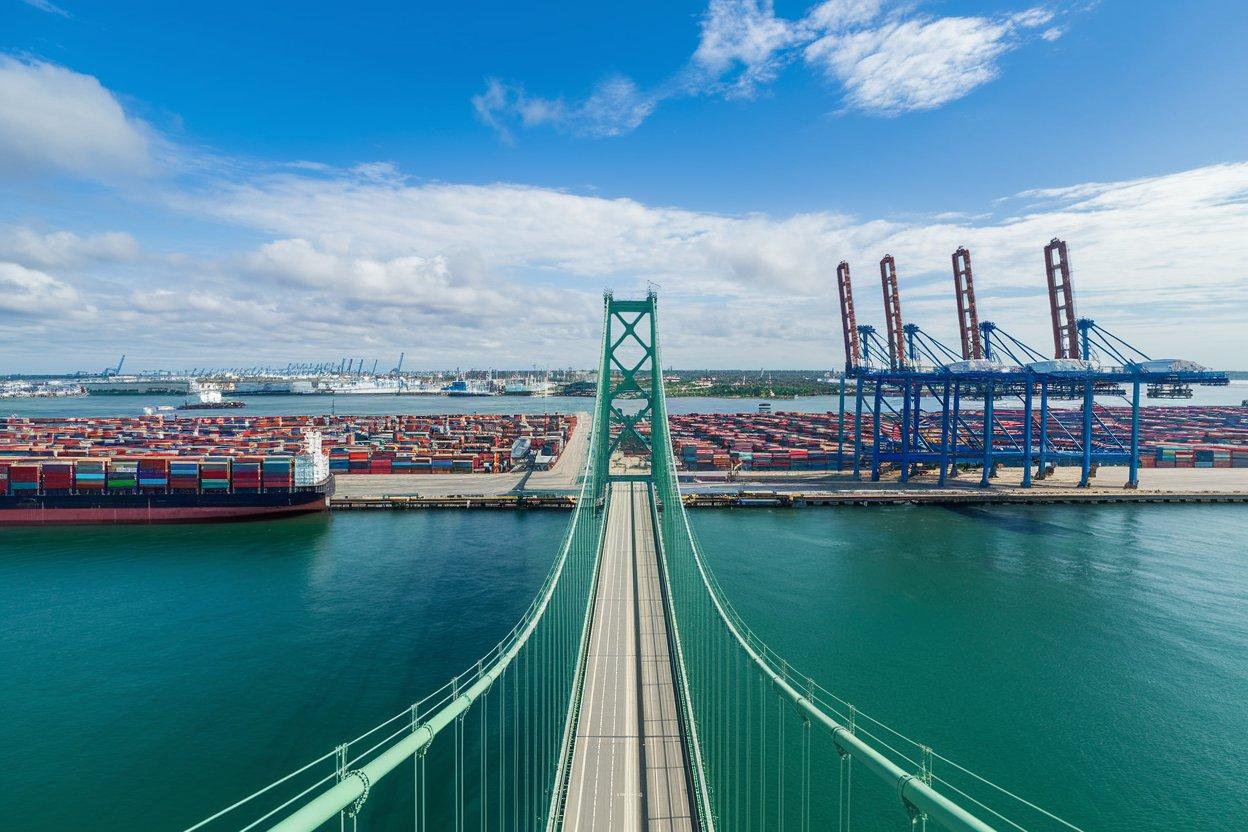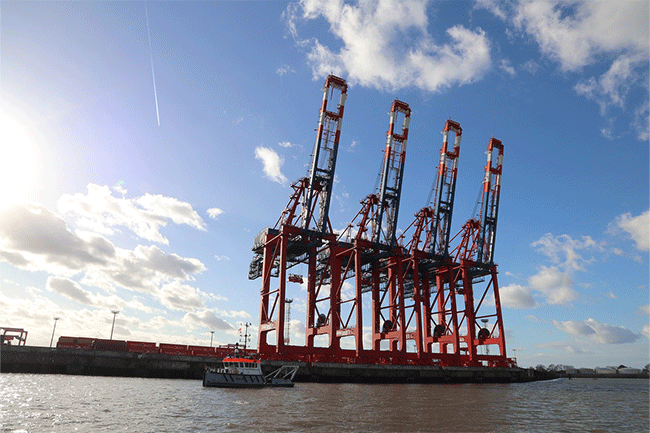- Shanghai Zhongshen International Trade Co., Ltd. - Two decades of trade agency expertise.
- Service Hotline: 139 1787 2118
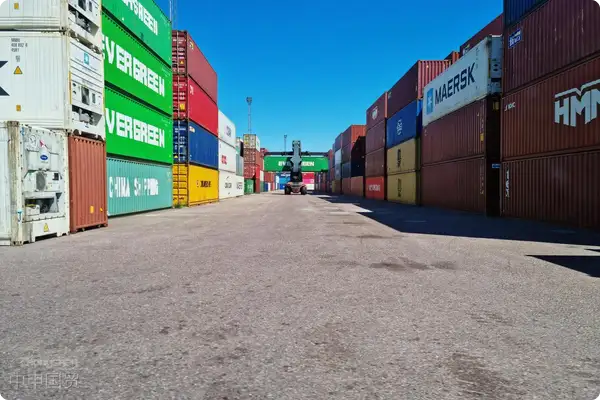
Introduction
With the booming development of the global beauty market, JapanCosmetics & Personal CareWith its high quality, innovative formulations, and unique designs, it has captured the attention of numerous consumers. For importers, understanding the relevant processes of importing Japanese cosmetics and grasping the opportunities and challenges under the international trade landscape are crucial. This article will rely on professional imp...Export RepresentationService, providing you with a detailed interpretation.
1. Professional Documentation Processing and Logistics Arrangement
(I) Document Processing
When importing Japanese cosmetics, documentation is the key to ensuring smooth customs clearance. Common documents include the Commercial Invoice, Bill of Lading, and Packing List. The Commercial Invoice must detail the brand, specifications, quantity, and value of the cosmetics to ensure consistency with the actual goods. The Bill of Lading serves as the crucial transport document, representing ownership of the goods. The Packing List must accurately record the specific details of the cosmetics in each package.
Professional document handling not only requires the accurate completion of all information but also demands familiarity with the customs requirements of different countries. For instance, some nations may have specific regulations regarding the labeling of cosmetic ingredients, and importers must ensure that the ingredient descriptions on the documents comply with local laws. During the document processing, it is essential to prepare in advance and double-check repeatedly to avoid cargo detention or delays due to documentation issues.
(II) Logistics Arrangement
The logistics process is crucial for ensuring that goods arrive at their destination on time and safely. When importing cosmetics from Japan, common transportation methods includeMaritime TransportationandAir TransportationOcean shipping is relatively low-cost and suitable for large-volume cargo transportation, but the transit time is longer; air freight is faster, making it ideal for urgent replenishment or high-value, small-batch goods, but the cost is higher.
When selecting a logistics provider, it is essential to evaluate their reputation, transportation capacity, and service quality. At the same time, proper planning of transportation routes is also crucial. For example, if goods are being shipped to Southeast Asia, factors such as port congestion and customs clearance efficiency in the region must be considered. For perishable cosmetics, such as skincare products containing active ingredients, it is also necessary to ensure temperature control during transportation and choose carriers equipped with temperature-controlled facilities.
2. VTB in the Russian MarketFX Settlement AgencyAdvantages
If the imported Japanese cosmetics are partially sold in the Russian market, then we must mention our unique advantage in the Russian market—the convenience of VTB foreign exchange settlement.
(I) Overview of the Foreign Exchange Settlement Process
Foreign exchange settlement refers to the process where the owner of foreign exchange income sells their foreign exchange earnings to an authorized foreign exchange bank, which in turn pays an equivalent amount in domestic currency at a certain exchange rate. In trade with Russia, the typical settlement process involves the delivery of goods and confirmation of receipt by the counterparty, after which the importer receives the foreign exchange payment from the Russian side. Generally, enterprises must complete a series of complex procedures such as declaration and verification through banks to finalize the foreign exchange settlement.
(II) Advantages of VTB Foreign Exchange Settlement
Our company has established a strong cooperative relationship with Russia's VTB Bank. Conducting foreign exchange settlements through VTB Bank offers a relatively streamlined process. On one hand, VTB Bank is more familiar with local trade regulations and financial policies in Russia, enabling swift handling of related transactions. On the other hand, it demonstrates significant advantages in fund transfer speed, allowing faster conversion of foreign exchange into local currency compared to some other banks, thereby greatly enhancing capital utilization efficiency. For importers who urgently need funds to reinvest in the next round of procurement after importing Japanese cosmetics, this is undoubtedly a major benefit.
III. Southeast Asian Marketimport and exportProcess and Solution
(I) Import Process
- Market research and supplier selectionBefore deciding to import Japanese cosmetics into the Southeast Asian market, thorough market research is essential. Understand local consumers' preferences for Japanese cosmetics and the competitive landscape. Identify suitable Japanese suppliers through online platforms, industry exhibitions, and other channels, evaluating their product quality, pricing, and supply capabilities.
- Sign the Contract: Sign a detailed import contract with the selected supplier. The contract must clearly specify key terms such as product specifications, quantity, price, delivery period, payment method, and quality standards. For example, the payment method can be chosen asL/C(Letter of Credit, L/C), which provides certain safeguards for both the buyer and the seller.
- Cargo Transportation and Insurance: Arrange the transportation of goods, selecting the appropriate shipping method as previously mentioned. At the same time, to mitigate potential risks during transit, such as adverse weather conditions or transportation accidents, it is necessary to purchase cargo transportation insurance. Carefully review the insurance terms to ensure coverage for all possible risks.
- Clearance: After the goods arrive at the destination port in Southeast Asia, they enter the customs clearance process. The customs requirements in Southeast Asian countries vary slightly, but generally require the submission of a commercial invoice, bill of lading, packing list,It is recommended to verify through the following methods:Documents such as books. Additionally, cosmetics may need to comply with local cosmetic regulations, such as ingredient testing and labeling requirements. During customs clearance, goods may be subject to inspection. If the goods do not match the documents or fail to meet local regulations, they may face risks such as fines or return shipments.
- Sales and Distribution: After customs clearance is completed, the goods can enter the local market for sale. They can be distributed through various channels such as collaborating with local distributors, opening direct-operated stores, or selling on e-commerce platforms.
(2) Solution**
- Addressing Regulatory Differences: Cosmetic regulations vary across Southeast Asian countries. Importers can consult local industry associations or professional consulting agencies in advance to understand the regulatory details. Additionally, when communicating with Japanese suppliers, request them to prepare product labels and provide ingredient descriptions in compliance with local regulatory requirements.
- Logistics Optimization: To reduce logistics costs, you may consider consolidating shipments with other importers, especially for small-volume cargo. At the same time, establish long-term partnerships with logistics providers to secure more favorable pricing and better services.
- Market Promotion: Develop appropriate marketing strategies tailored to the characteristics of the Southeast Asian market. For example, utilize local social media platforms for product promotion and organize promotional activities.
IV. Challenges and Opportunities in the Current International Trade Landscape
(I) Challenges
- Trade protectionismIn recent years, some countries have adopted trade protectionist measures, such as imposing additional tariffs and setting up trade barriers. This undoubtedly increases the cost of importing Japanese cosmetics and reduces the market competitiveness of the products. For example, certain countries may impose high tariffs on imported cosmetics, thereby squeezing the profit margins of importers.
- Exchange Rate Fluctuations: The global economic situation is unstable, with frequent exchange rate fluctuations. For enterprises importing Japanese cosmetics, exchange rate fluctuations may lead to increased costs or reduced profits. If exchange rate risk management is not properly addressed when signing import contracts, import costs will significantly rise when the domestic currency depreciates.
- Regulatory changes: Cosmetic regulations in various countries are constantly being updated, such as restrictions on certain ingredients and changes in labeling requirements. Importers need to stay informed about regulatory developments in a timely manner; otherwise, they may face market access issues due to non-compliance with new regulations.
(2) Opportunities
- Market growthWith the development of the global economy, consumers' demand for high-quality cosmetics is continuously increasing. Japanese cosmetics, renowned for their excellent reputation and quality, have broad market prospects. Particularly in emerging markets such as Southeast Asia, the mid-to-high-end cosmetics market is experiencing rapid growth.
- E-commerce development: The rise of e-commerce has provided new sales channels for importing Japanese cosmetics. Through e-commerce platforms, importers can directly reach consumers, reduce intermediate links, and increase profit margins. At the same time, the big data analysis capabilities of e-commerce platforms can also help importers better understand consumer demand and achieve precise marketing.
- Opportunities for cooperation are increasing.: Changes in the international trade environment have prompted enterprises from various countries to strengthen cooperation and seek joint solutions to challenges. Importers can establish closer partnerships with Japanese suppliers, local enterprises in Southeast Asia, and others to achieve resource sharing and complementary advantages.
V. Product Certification Services**
Importing Japanese cosmetics requires certification as an essential step. Different countries and regions have varying certification requirements for cosmetics. For instance, in some Southeast Asian countries, cosmetic product registration and filing may be necessary to prove compliance with local quality and safety standards. Similarly, Russia also has its own cosmetic certification system.
Although our company does not directly provide certification services, we assist clients in the certification process. With extensive experience, we can accurately inform clients about the required certification types, procedures, and relevant certification bodies. Additionally, we offer professional guidance and advice during the preparation of certification materials to ensure a smooth certification process. This approach not only guarantees clients access to professional certification services but also helps avoid potential issues arising from unfamiliarity with the certification procedures.
Conclusion
Importing Japanese cosmetics presents both challenges and opportunities in the complex and ever-changing international trade environment. By handling professional documentation, arranging reasonable logistics, leveraging the foreign exchange settlement advantages of Russia's VTB market, gaining an in-depth understanding of import and export processes and solutions in Southeast Asian markets, actively responding to changes in the international trade landscape, and prioritizing product certification services, importers can achieve strong growth in this field. We remain committed to providing professional import and export agency services to importers, supporting the thriving development of your business.
Related Recommendations
Category case
Get in Touch
Email: service@sh-zhongshen.com
Related Recommendations
Contact via WeChat

? 2025. All Rights Reserved. Shanghai ICP No. 2023007705-2  PSB Record: Shanghai No.31011502009912
PSB Record: Shanghai No.31011502009912
